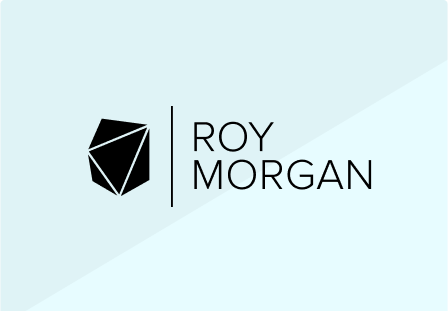A spooktacular Halloween for retailers as Aussies embrace the scary season

One in five Australians are getting ghoulish this Halloween, with ever-growing popularity of the October 31 event reflected in boosted retail sales across the nation.
The Australian Retailers Association’s (ARA) said many popular retailers are seeing increased sales of up to 20 per cent on Halloween merchandise, with department stores selling hundreds of thousands of costumes and tens of thousands of decorations so far.
Australians can’t resist carving up a Jack O’ Lantern, with supermarkets reporting a 25 per cent increase in pumpkin sales in the lead up to Halloween.
Expect to see youngsters dressed as spider-man, ghosts and princesses, while the top costume categories of choice for adults are witches, vampires and cats.
ARA CEO Paul Zahra says the Halloween tradition has a rich history that Australians enjoy celebrating.

“Halloween originated as a Celtic Festival from the United Kingdom where people lit fires and wore costumes to ward off ghosts,” Mr Zahra says.
“Over time, it’s evolved into a day of trick or treating, festive gatherings and donning costumes. It’s now a global phenomenon and a significant retail event.
“It’s also a fantastic day for families and friends to come together to celebrate. We know many parents enjoy trick or treating with their children, while adults get into the spirit by dressing up and hosting themed parties.”
Australian retailers will be enjoying a $450 million sugar hit from Halloween spending in 2024, with 38 per cent of Australians stocking up on candy for trick or treaters. 37 per cent will also be buying Halloween costumes, and 32 per cent will be buying chill-inducing home décor.
21 per cent of Australians say they are planning to celebrate, and of those participating, each person will spend an average of $93.
The top Halloween categories Australians will be spending on include:
- Trick or treating: 45 per cent
- Treats for trick or treaters: 38 per cent
- Halloween costumes: 37 per cent
- Home decorations: 32 per cent
- Attending or hosting: 18 per cent
Australians aged 35-59 are the most likely to celebrate Halloween (34%) followed closely by under 35s (25%).
This ARA-Roy Morgan Snap SMS survey was conducted with an Australian-wide cross-section of 3,919 Australians aged 18+ on Wednesday September 11 – Tuesday September 17, 2024, including 632 who plan on celebrating Halloween.
Media Enquiries:
M 0434 381 670
E media@retail.org.au.
About the Australian Retailers Association (ARA)
The Australian Retailers Association (ARA) is the oldest, largest and most diverse national retail body, representing a $430 billion sector that employs 1.3 million Australians and is the largest private sector employer in the country. As Australia’s peak retail body, representing more than 120,000 retail shop fronts and online stores, the ARA informs, advocates, educates, protects and unifies our independent, national and international retail community. To learn more about ARA’s exclusive member benefits and more, visit retail.org.au
About Roy Morgan
Roy Morgan is Australia’s largest independent Australian research company, with offices in each state, as well as in the U.S. and U.K. A full-service research organisation, Roy Morgan has over 80 years’ experience collecting objective, independent information on consumers. To learn more visit www.roymorgan.com.
Margin of Error
The margin of error to be allowed for in any estimate depends mainly on the number of interviews on which it is based. Margin of error gives indications of the likely range within which estimates would be 95% likely to fall, expressed as the number of percentage points above or below the actual estimate. Allowance for design effects (such as stratification and weighting) should be made as appropriate.
| Sample Size | Percentage Estimate |
| 40% – 60% | 25% or 75% | 10% or 90% | 5% or 95% | |
| 1,000 | ±3.0 | ±2.7 | ±1.9 | ±1.3 |
| 5,000 | ±1.4 | ±1.2 | ±0.8 | ±0.6 |
| 7,500 | ±1.1 | ±1.0 | ±0.7 | ±0.5 |
| 10,000 | ±1.0 | ±0.9 | ±0.6 | ±0.4 |
| 20,000 | ±0.7 | ±0.6 | ±0.4 | ±0.3 |
| 50,000 | ±0.4 | ±0.4 | ±0.3 | ±0.2 |



